The African Growth and Opportunity Act (AGOA), a U.S. trade preference program established in May 2000, has been a key driver of economic ties between the United States and sub-Saharan Africa. The program grants duty-free access to the U.S. market for more than 1,800 products from participating African countries.
Currently, 32 countries are eligible under AGOA, with 21 of them classified by the U.S. as “lesser developed countries” receiving additional benefits, particularly in textiles and apparel. In 2023, U.S. imports under AGOA totaled nearly $10 billion. While this figure represented only a small fraction of overall U.S. merchandise imports, it was a critical share of exports for countries such as Lesotho and Madagascar, where apparel and textiles are central industries.
Impact of AGOA on African Economies and U.S. Markets
AGOA has helped African exporters become more competitive, particularly in apparel and manufactured goods. For certain economies, it has supported industrial growth and provided significant employment opportunities. However, not all eligible countries have fully utilized the program to diversify beyond raw materials and primary commodities. Utilization rates vary, reflecting differences in industrial capacity and infrastructure.
For U.S. markets, AGOA has provided greater access to raw materials and intermediate goods, enhancing competitiveness in downstream industries. The program has also encouraged foreign direct investment from U.S. companies into Africa, reinforcing supply chain resilience.
The Uncertain Future Without Renewal
AGOA is set to expire at the end of September 2025. At the same time, new U.S. tariffs introduced in April 2025, including country-specific tariffs implemented on August 7, 2025, have already increased duties across multiple sectors. Without AGOA’s preferential framework, African exporters will face most-favored-nation (MFN) tariffs applied to all World Trade Organization members, compounded by these new tariff measures.
The potential impact could be significant. In the textile and apparel sectors, where AGOA has been particularly important, exporters could lose critical cost advantages. For example, Kenya’s average tariff rate on exports to the U.S. would rise from 10% to 28%, while Madagascar’s would increase from 11% to 23%. These sharp tariff hikes could disrupt established trade flows and weaken Africa’s competitiveness in the U.S. market.
Challenges Ahead and Possible Alternatives
If AGOA is not renewed, African economies may be forced to seek alternative export markets at a time when global competition is intensifying. The African Continental Free Trade Area (AfCFTA) could play a role in mitigating losses by expanding intra-African trade, but building such capacity will require time, investment, and coordinated policy efforts.
As the deadline approaches, businesses and policymakers on both sides of the Atlantic are closely monitoring the situation, aware that the outcome could reshape trade relations and supply chains that have developed over the past 25 years.
#TradePolicy #AfricaEconomy #TariffUpdate #GlobalMarkets #NewsUpdate

















